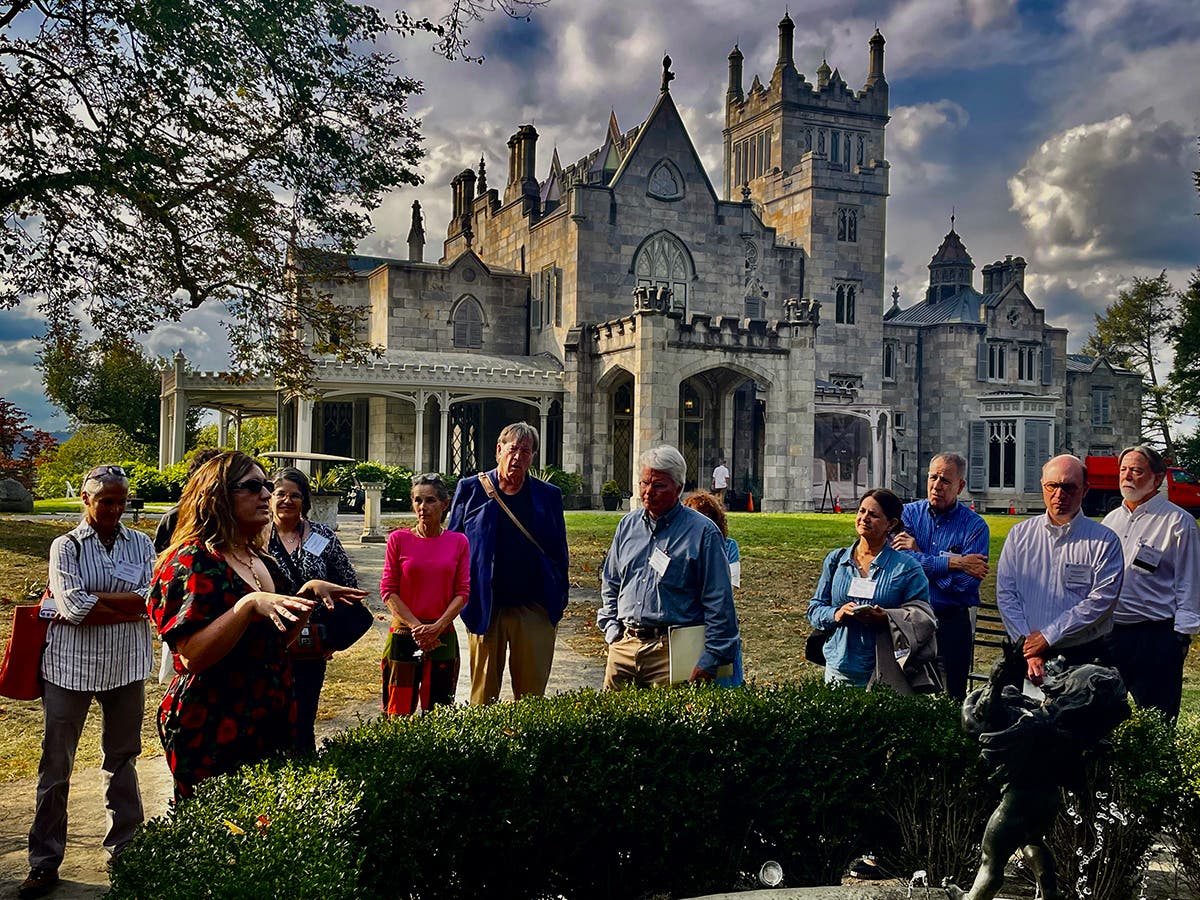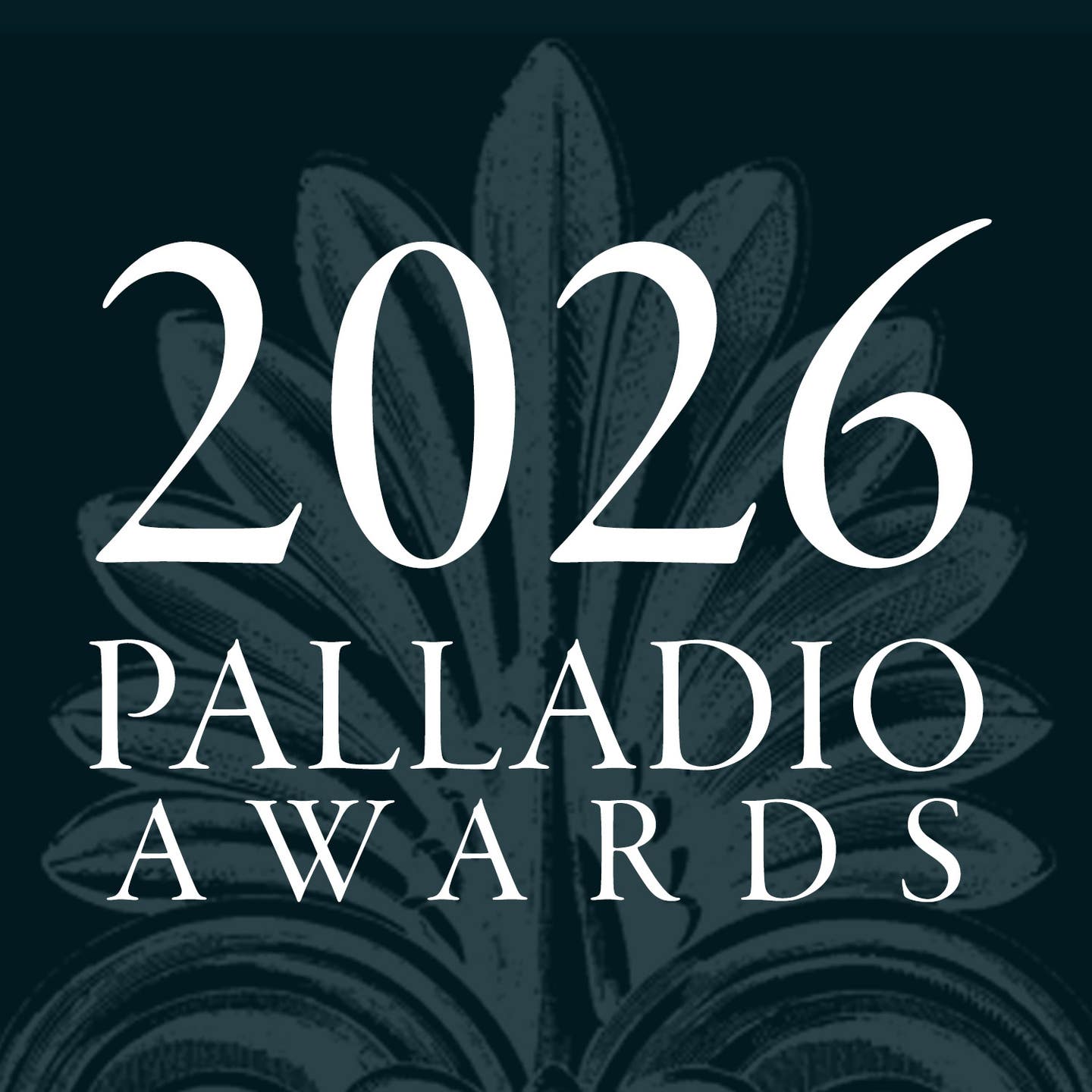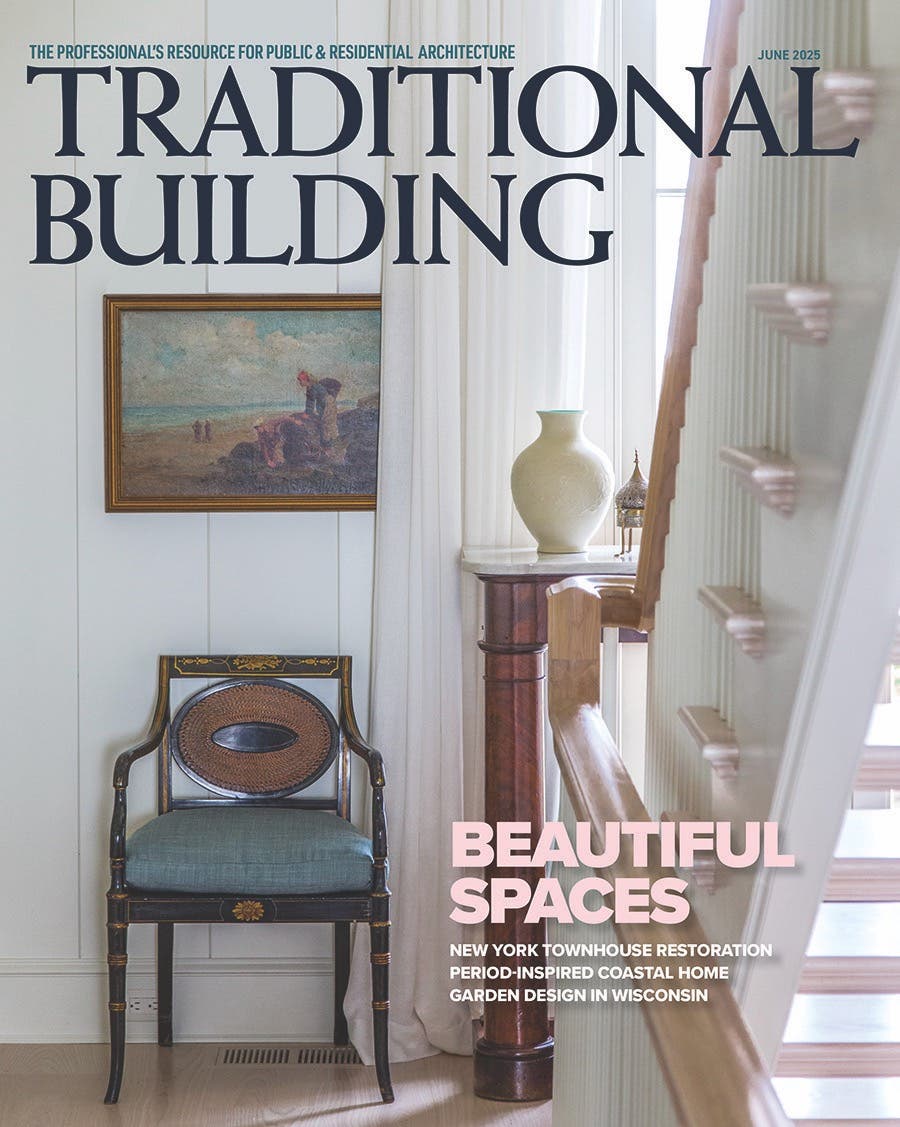
The State of the Traditional Building Market: Uncertainty and Opportunity
My last blog reported on what I see and hear as I travel my beat talking to architects, builders, interior designers, building owners, and their suppliers. There’s more!
Summer was slow for many traditional building industry businesses. Many I spoke with trace the slowdown to the pre-election “wait-and-see” jitters of November 2024. Others noticed a more gradual decline during the summer 2025 doldrums. Still others say, “We’re busy,” but often mean busy bidding work—not necessarily selling it.
It’s a mixed-bag outlook: some ups, some downs. The causes aren’t entirely economic but vary by each company’s management performance, cost structure, tariff exposure, and staffing challenges. In this more competitive environment, everyone must sharpen their axe—and some don’t have a sharpener.
At the recent Traditional Building Conference in historic Sleepy Hollow, New York, I met with suppliers serving the high-end custom residential and institutional traditional building markets. Companies making custom windows, period-authentic hardware, imported wood flooring, specialty millwork, clay roof tiles, ornamental metal, and related products shared their experiences.
While tariffs have affected them, the overall result was about a 6% increase in material costs. Most admitted their customers were understanding—everyone, up and down the distribution chain, is feeling price pressure.
Mortgage interest rates have little impact on the traditional building market for luxury residential housing. There’s a disproportionate number of cash buyers in this segment. According to the U.S. Census Department, the share of homes with a mortgage dropped from 68% in 2005 to 59% in 2024.
However, when those residential clients are business owners, hedge fund managers, or private equity investors, they are tuned in to the cost of money. The same goes for commercial and institutional building owners—many are waiting for more clarity amidst the chaos.
The U.S. Census also reports that since 2005, there’s been an increase in homes vacant for part of the year due to seasonal or recreational use (second homes). There were 3.9 million such homes in 2005; today there are 4.3 million. During this same period, 22 million homes were added to inventory, 13.5 million of which are single-family—a 17.8% increase over 20 years.
What’s making most people hit the pause button on spending—even those with means—is uncertainty. In the economy, in government, and on the nightly news, the mood is cautious. According to most consumer research, people are better off than they think, but the steady drumbeat of bad or conflicting news makes it hard to feel comfortable.
That’s why a “Market Trends” report from financial advisors Baron Silver Stevens caught my attention. Their take:
“This year has been one of the best in global asset allocation—stocks, bonds, and even alternatives are all in positive territory. You probably wouldn’t know it from scrolling through your news feed. Bad news travels faster because pessimism feels urgent, while optimism gets overlooked.”
I asked several industry friends for their thoughts on dealing with uncertainty. Three voices stood out: Mark Richardson, consultant and former renovation contractor; Pat O’Toole, editorial director of Residential Architect and Qualified Remodeler; and Mike Bozich of Cleveland Research, a leader in home improvement data and analysis.
Mike discussed the growing importance of “geriatric millennials”—the spendy 45-year-olds on the older edge of their huge cohort. This group is catching up to baby boomers in home spending. They act a lot like boomers but are more tech-savvy and heavily influenced by social media.
Mike shared research ranking the platforms millennials use, in order of importance: Facebook, YouTube, Instagram, and TikTok. This group has both earned and inherited wealth.
Pat O’Toole highlighted how successful remodeling contractors are using artificial intelligence to boost efficiency, especially for lead qualification. Many now train AI chat tools to answer common client inquiries—saving human time and cutting down on repetitive “tire-kicker” conversations.
Mark Richardson hosts a podcast called Mastering Uncertainty and trains contractors to improve business performance and sales. His advice is timeless:
“Stick to doing what you do best—what you really know how to do—and control what you can, not what you can’t. Listen actively and be a good consultant. Communicate one idea at a time. Study the data. Don’t panic. Stay in touch with your past clients.”
We all talk about the 24/7 news cycle and how it heightens stress. In the newspaper business, we used to say, “If it bleeds, it leads.” Many people are now taking a break from the news to protect their peace of mind.
One way to ease anxiety is to focus on beauty. Beauty was on full display at our Traditional Building Conference this month—with architectural tours of historic landmarks and presentations by William Krattinger, a conservator for New York State Parks and Sites.
Renowned architects Scott Sottile of Ferguson & Shamamian and Gil Schafer of Schafer Buccellato treated us to a visual feast of classic and contemporary works—from restored boathouses to equestrian estates throughout the New York–New England region.
We also honored the winners of this year’s Raphael Awards, recognizing excellence in architectural hand drawing and watercolor rendering. Congratulations to all our winners!
My travels this fall took me to the Institute of Classical Architecture and Art (ICAA) Rocky Mountain Chapter’s Jaques Benedict Awards and the ICAA Chicago-Midwest Chapter’s Acanthus Awards, where I was honored to serve as emcee.
The traditional design and craftsmanship these projects showcase are as soothing to the parasympathetic nervous system as a well-made gin and tonic.



